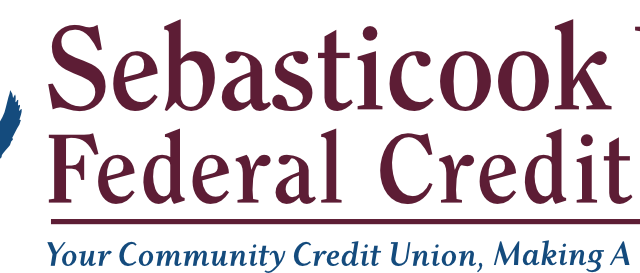
How we can focus on financial fitness in 2025
By Jim Lemieux
Physical fitness is a top focus for Americans in 2025.
Nearly 100 million Americans plan to prioritize health and exercise this year, and tens of millions will continue to eat clean and hit the gym when January turns to February and March. According to research, about 40 percent of New Year’s resolvers will give up come February, but most will go on.
However, there is more to fitness than treadmill runs and vegetables. It’s not just physical; it is mental too. And what about financial fitness?
While health tops the resolution list, the second most common resolution has to do with finances. Millions of Americans know they need to establish goals that can be implemented daily, weekly, and monthly, and goal-setting is a necessary step forward.
While we often associate resolutions with training for a marathon or losing weight, financial fitness is critical for Mainers and all Americans, especially in an inflationary economy. In December, inflation hit 2.9 percent from a year earlier, and 2024 only saw minimal improvement in terms of food and gas prices. In some parts of Maine, the cost of living is simply too high to live a comfortable life, and it is exceedingly difficult to save money.
Remember: Inflation hits everyone. Saving money is an uphill climb for most Mainers, and it is often difficult to think about budgeting and planning for the future.
One metric that can be measured over the course of the year is a credit score. Just like people track caloric intake or weight, a credit score can be monitored on a regular basis. While it shouldn’t be checked daily, a credit score tells lenders about someone’s creditworthiness (likeliness to pay back a loan based on credit history), so it matters to push that number higher. A credit score in the 700s is very good, while 800 or higher is exceptional.
How does it increase? First, payment history — making payments on time — is the single most important factor in determining a credit score. When payments are made on time, creditworthiness ticks up, whereas even one late payment can reduce a credit score significantly.
The second most important factor is credit utilization, or the percentage of available credit being used. For instance, if a credit card with a $10,000 limit has a balance of $2,000, credit utilization is 20 percent. Lowering that number boosts a credit score overall.
Fortunately, there are many tools out there that make it easier for people to increase their credit scores. One simple example is the autopay feature, which can be used to ensure that bills are paid on time. It is common for bill-payers to forget about a deadline, and AutoPay is set in stone — no reminders needed. Through autopay, credit card users can schedule a recurring payment date that is on time and takes care of outstanding balances. Three-quarters of U.S. consumers use automatic payments for services like streaming subscriptions, and the same logic applies to credit card payments. If you haven’t set up autopay yet, it is a relatively straightforward step to combat interest build-up.
There are also useful tools when debt is an issue. Consolidation loans make it easier to pay off debt by consolidating all outstanding payments into one, low-interest loan, simplifying the payment process. Choosing a low-interest VISA credit card can also help minimize debt — this interest rate can be under 10 percent, whereas other credit card rates are closer to 20 percent. And such offers come with dedicated member support, walking people through options and what needs to be done on a regular basis to mitigate debt.
The first step toward financial fitness is to acknowledge its importance. The second step is finding a trustworthy financial partner, such as a local credit union with Maine roots. Credit unions like Sebasticook Valley Federal Credit Union even aim to offer financial guidance to the broader community, with financial fitness fairs at local high schools setting the next generation up for success.
Once we take the steps of acknowledgment and partnership, financial fitness becomes a rolling snowball that builds momentum. Let’s all keep the ball rolling in February, March, and beyond.
Lemieux serves as president and CEO of Sebasticook Valley Federal Credit Union.